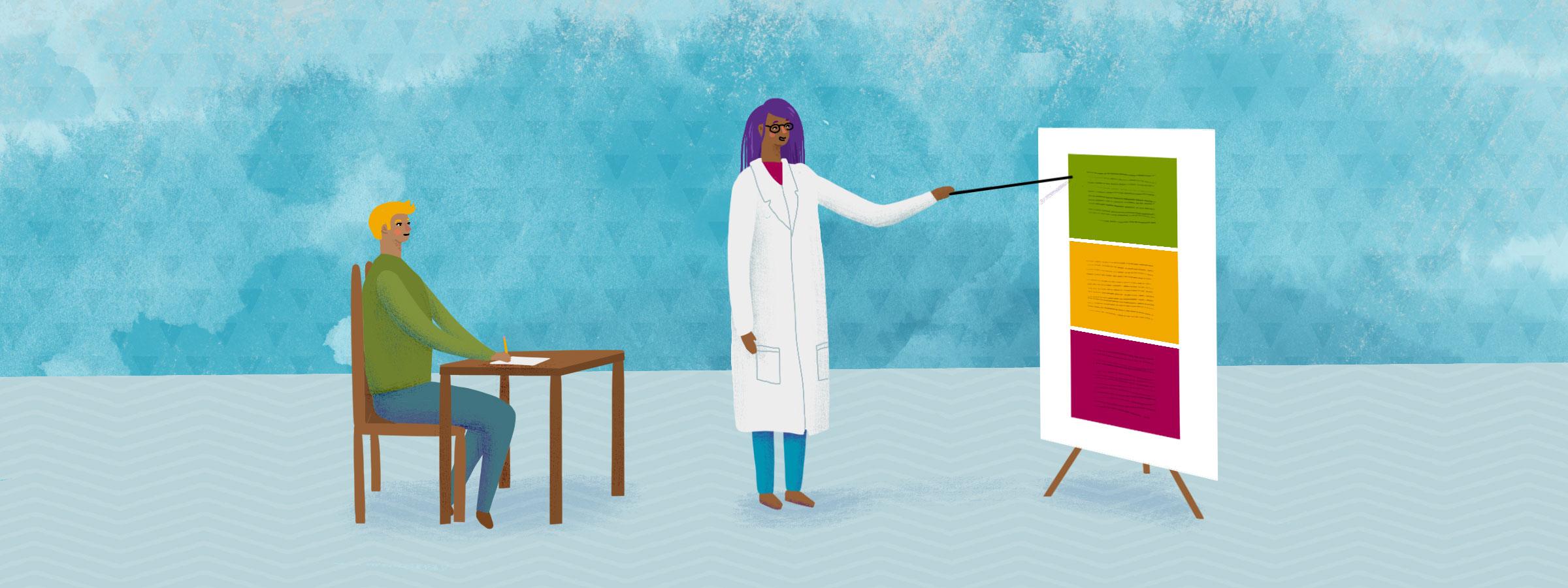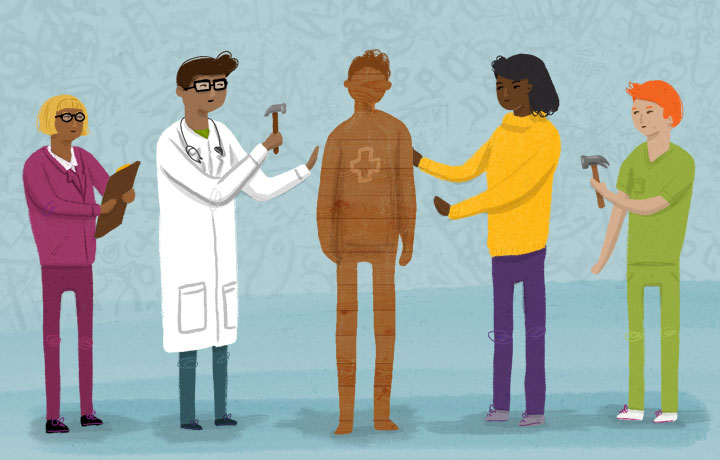Article
3-minute case study: COPD care simple as red-yellow-green
By Lia Novotny | February 12, 2019

Across the athenahealth network and beyond, healthcare organizations are designing and implementing simple interventions with outsized impact on outcomes, satisfaction, and success. Here's another.
The problem
Almost 15.7 million Americans have been diagnosed with Chronic Obstructive Pulmonary Disease (COPD), the third-leading cause of death nationally. Some 16 percent of COPD patients are hospitalized or visit the emergency department each year, with 10 to 20 percent readmitted within 30 days.
VillageMD, a national provider of primary care, recognized in these statistics an opportunity to improve outcomes and reduce costs.
The solution
Often, COPD patients aren't on the right medications, don't understand how to properly take their medications, or don't know the signs of a serious exacerbation that could result in an ED visit or hospitalization.
In 2018, VillageMD introduced a new team-based COPD treatment program focusing on those specific problems at its flagship location Village Family Practice, a primary care practice in Houston with more than 50 physicians. The COPD care team includes the primary care physician (PCP), a clinical support nurse, a care manager, a social worker if needed, and a clinical pharmacist, all following a shared care plan.
The process begins with a standardized COPD assessment administered by the PCP or nurse at a clinic visit, or by the care manager or other provider who is in contact with the patient.
The assessment provides an acuity score – a measure of how severe the patient's COPD symptoms currently are. Based on the acuity score, and its trend over time, the team decides on an appropriate medication regimen, which is then entered into the EHR so it's visible to all team members.
“Many times providers wonder, am I seeing this patient as frequently as I should and providing them the right care?" says Clive Fields, M.D., VillageMD's co-founder and chief medical officer. “This assessment gives our teams a way to risk-stratify patients – to know which are at higher risk of an exacerbation or heading to the hospital – and we can support those patients with a high-touch team approach."
Under this model, high acuity patients are “seen frequently, say every few months, by the PCP as well as by nurse practitioners or physician assistants visiting their homes," says Hazel Manzano, M.D., VillageMD's vice president of product development. That's in addition to a social worker, who may be tackling insurance or transportation issues, and the care manager, who checks in with the patient at least once a month.
In addition to medication adherence, much of the ongoing outreach and support educates patients on the signs of a possible exacerbation and what to do if they feel a flare-up coming on.
To increase awareness in patients, Village divided COPD symptoms into three zones: green, yellow, and red, with red being the most severe. “Oftentimes, patients get used to living with feeling bad," Manzano says. “We've got to really educate them on that. 'What you're feeling is the yellow zone. You need to do something – don't wait until you're in a red zone.'"
High-acuity patients are also given rescue medication to take at the time of an exacerbation, often allowing them to avoid an ED visit and simply follow up with their PCP. But patients are only able to self-manage their condition this way because of the ongoing education at the heart of Village's program, Manzano says.
The outcome
This new approach began with two Village Family Practice clinics in Houston and is now being rolled out to all 50 PCPs in its eight Houston locations, as well as its at-home care program. Additionally, another 30 to 40 PCPs partnered with VillageMD have implemented the protocol in their practices nationwide.
Village has a standard checklist for each COPD visit: Were the assessments done? Did patients receive preventative education? If appropriate, did they get rescue medications? Right now, 55 percent of COPD visits follow the approved workflow, showing that the model is effective and scalable, Manzano says. And initial results over 12 months indicate a 30 to 40 percent lower hospitalization rate across the cohort enrolled in this program. Village is succeeding in the goal of shifting more care to the outpatient world and keeping patients out of the hospital as much as possible.
Since rolling out this program, Manzano has seen patients become more engaged in their health and empowered to manage their conditions. “It's amazing. I'm sure they've heard this information before, but we are conveying it in a manner that is really sticking with them. Patients are thankful and appreciative, and tell us they're feeling a real improvement in their quality of life."






